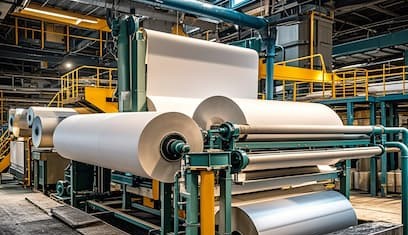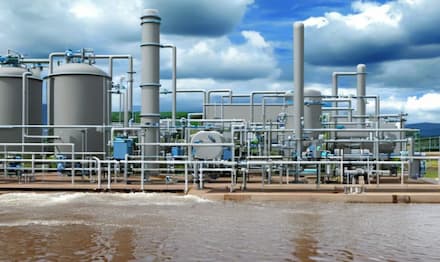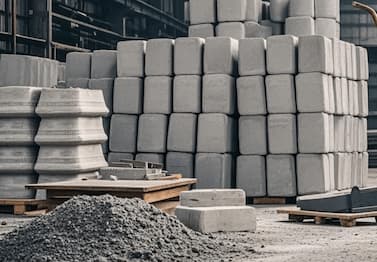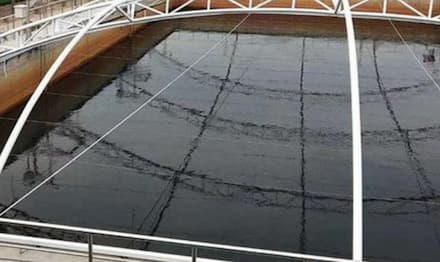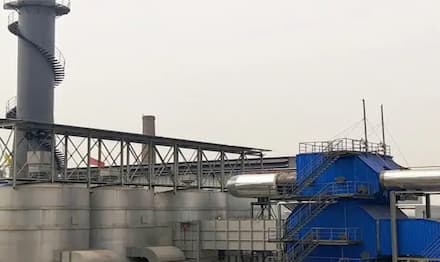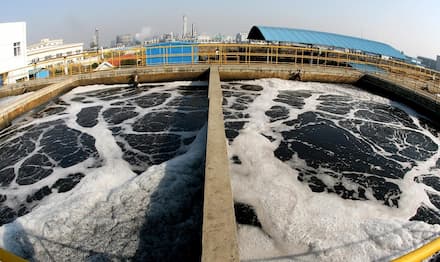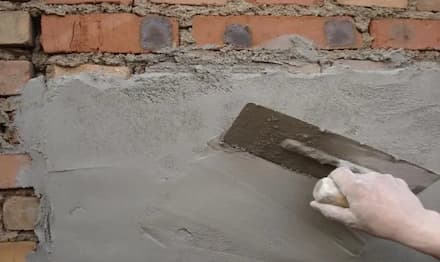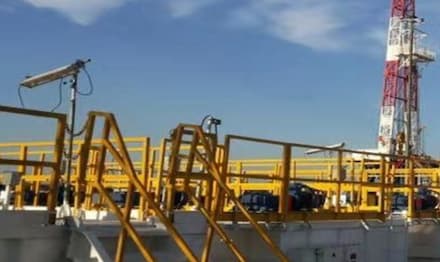Advanced Foam Control in the Textile Industry with Rickman Defoamers
In the textile industry, foam is a common yet disruptive challenge during key processes such as dyeing, finishing, and washing. Excessive foam formation can reduce process efficiency, cause inconsistent dyeing results, and lead to costly downtime. Rickman Defoamers offer advanced foam control solutions designed specifically to address these challenges, improving production efficiency and overall product quality.
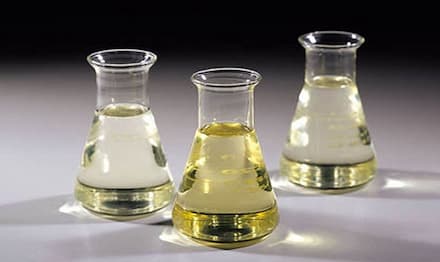
The Importance of Foam Control in Textile Processing
Foam is generated in various stages of textile manufacturing, particularly in the wet processing stages where chemicals, dyes, and surfactants are used. Foam build-up can block machinery, result in improper chemical distribution, and reduce the efficiency of washing and rinsing processes. In addition, uncontrolled foam can lead to defects such as uneven dyeing or poor fabric finishing, which ultimately affects the quality of the final product.
Rickman Defoamers are formulated to quickly break down existing foam and prevent its reformation. By integrating our defoamers into your textile processes, you can achieve smoother operations and ensure consistently high-quality results.
Key Benefits of Rickman Defoamers in Textile Applications
-
Enhanced Dyeing Consistency: Foam can interfere with the uniform application of dyes, resulting in color variations. Rickman Defoamers ensure that dyes are evenly distributed across fabric surfaces, leading to consistent, high-quality results with minimal defects.
-
Improved Process Efficiency: Foam can slow down production by clogging machinery and creating unnecessary delays. By using Rickman Defoamers, manufacturers can maintain smooth operations, reducing downtime and increasing overall productivity.
-
Cost Savings: Inefficient foam control leads to increased maintenance costs, reduced machine lifespan, and wasted resources. Rickman Defoamers minimize these risks by optimizing production processes and reducing the need for frequent cleaning or equipment repairs.
-
Eco-friendly and Versatile Solutions: Our defoamers are designed to work with various textile materials and processes, providing effective foam control in both natural and synthetic fibers. In addition, Rickman Defoamers are environmentally friendly, offering effective foam suppression without compromising sustainability.
Boost Your Textile Operations with Rickman Defoamers
Rickman Defoamers are the ideal solution for textile manufacturers seeking to improve production efficiency, enhance product quality, and reduce operational costs. Trust our advanced foam control solutions to streamline your processes and deliver superior results, batch after batch.
Click on the related products links:RK-100S(High Concentrated Textile Antifoam) / RK-15S(High Cost-effective Antifoaming Agent)
